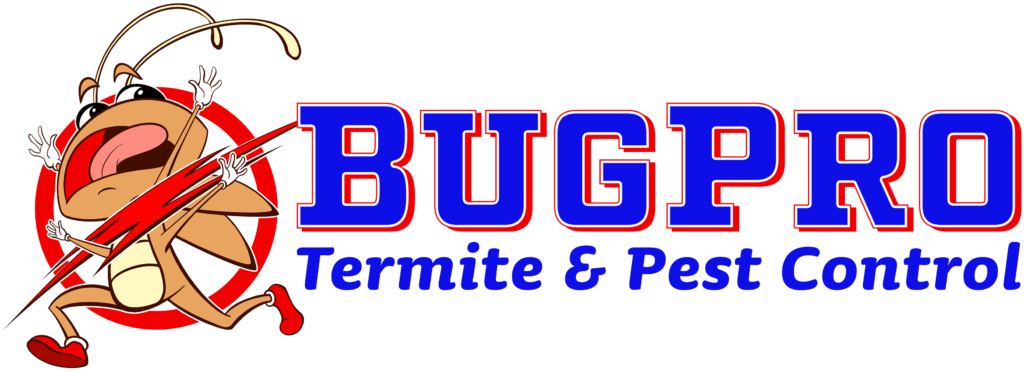
Subterranean termites are one of the most destructive types of termites, especially when it comes to damaging wooden structures. Here’s a detailed overview of these pests:
Scientific Name: The most common species in the U.S. is Reticulitermes flavipes.
– Habitat: Subterranean termites live underground in colonies. They build intricate tunnel systems in the soil, which can extend up to 150 feet from their nest.
– Identification: These termites are often pale in color and are about 1/8 to 3/8-inch long. The colony has different castes, including workers, soldiers, and reproductives (alates or swarmers).
Biology and Behavior
– Colony Structure: A typical subterranean termite colony consists of three primary castes: workers, soldiers, and reproductives.
– Workers: These are the termites that do most of the damage. They are responsible for foraging, food storage, and building and maintaining tunnels and nests.
– Soldiers: Have larger heads and strong jaws. Their primary role is to protect the colony from predators.
– Reproductives: These include the king and queen, as well as alates that leave the colony to start new ones.
– Life Cycle: A colony begins when a queen and king establish a new nest. The queen can lay thousands of eggs over her lifetime. The eggs hatch into larvae, which then develop into one of the castes.
– Diet: Subterranean termites feed on cellulose, a component of wood and other plant-based materials. They often consume wood from the inside out, leaving a honeycomb pattern.
Signs of Infestation
– Mud Tubes: Subterranean termites build mud tubes as shelter between their colony and food sources. These tubes can be found on walls, foundations, and crawl spaces.
– Wood Damage: These termites eat wood from the inside out, leaving a thin veneer of wood or paint intact. Hollow-sounding wood or blistered pieces are often indicators.
– Swarms: Presence of winged termites (swarmers) or discarded wings, especially around windowsills and light sources, is often a sign of an active colony.
Prevention and Control
– Moisture Control: Reduce moisture around the building’s foundation. Fix leaks and ensure proper drainage.
– Remove Wood Contact: Avoid wood-to-soil contact. Use concrete bases for wooden structures and keep wood siding, lattices, and other wooden items elevated.
– Regular Inspections: Schedule regular termite inspections by professionals who can detect early signs of infestation and take proactive measures.
– Barriers and Treatments: Chemical barriers and baits can be effective in controlling and eliminating subterranean termite infestations. Professional pest control services often employ these methods.
– Conduct thorough inspections to identify the extent of the infestation.
– Use specialized equipment and products to effectively treat infestations.
– Provide ongoing monitoring and maintenance to ensure termites do not return.
Given the complexity and potential severity of an infestation, it’s crucial to seek professional help if you suspect subterranean termites. Pest control experts can provide thorough inspections, identify the extent of the infestation, and implement effective treatment plans to eradicate the termites and prevent future infestations.
Subterranean termites might be silent destroyers, but with the right knowledge and preventive measures, you can protect your home from their damaging effects. Regular inspections, moisture control, and professional pest control services are key to maintaining a termite-free environment.